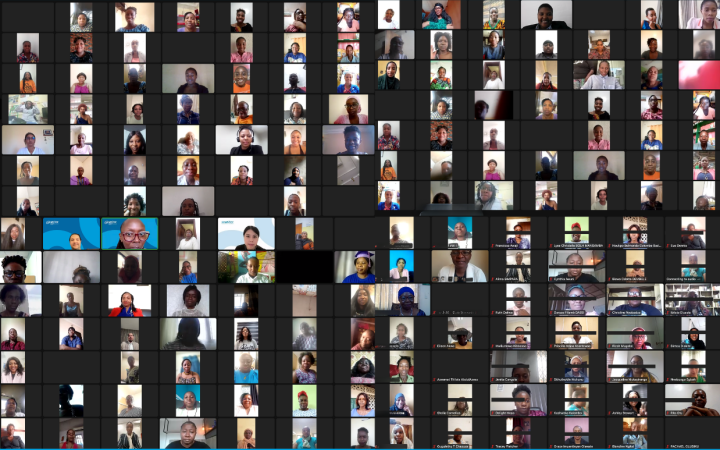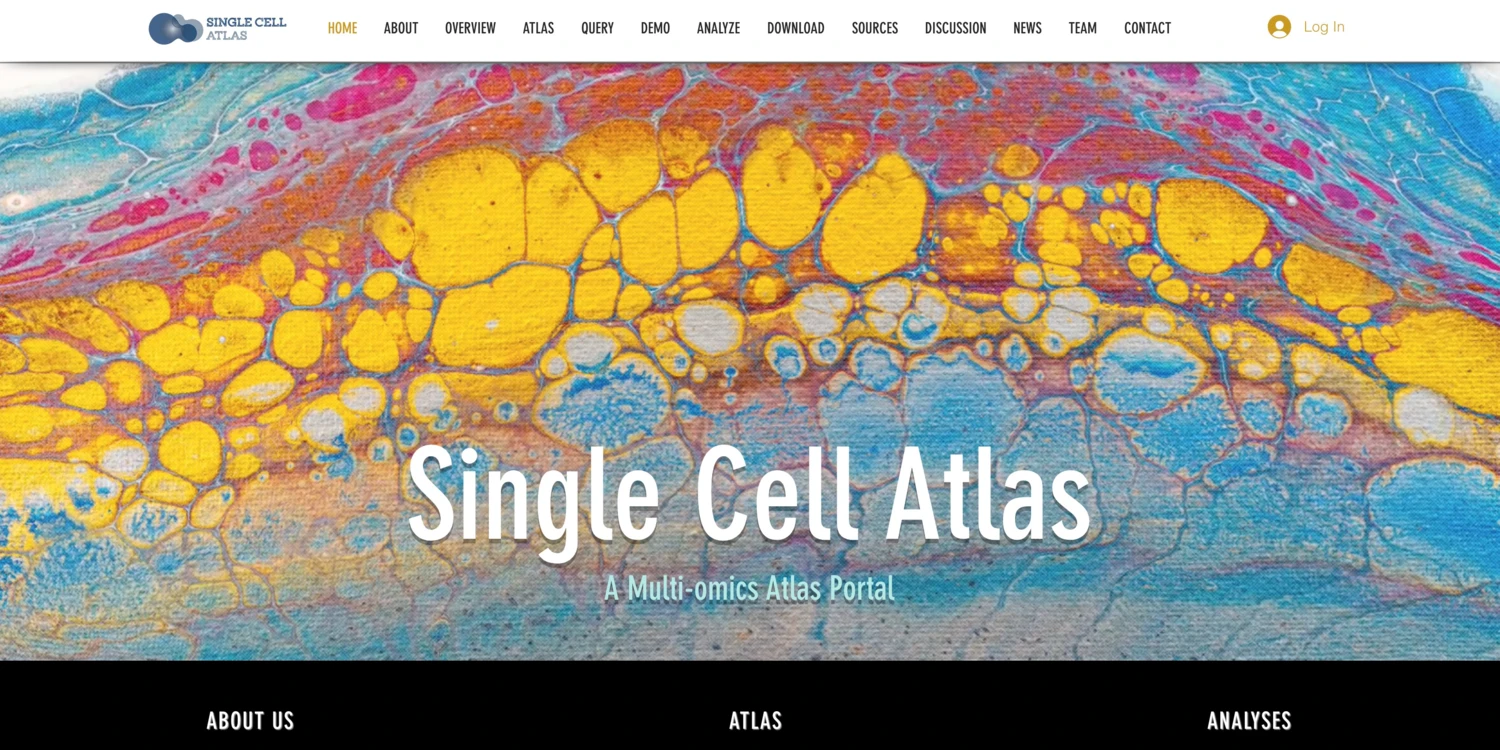Household disposable income and wealth inequality was relatively stable leading into the pandemic, according to 2019-20 data released today by the Australian Bureau of Statistics (ABS).
ABS Head of Household Income and Expenditure Data, Dr Benjamin Mitra-Kahn, said “Inflation adjusted average household weekly disposable income increased by $30 in 2019-20, statistically unchanged in real terms from 2017-18”. Low income households average weekly disposable income increased by $4 a week and high income households increased by $27 a week from 2017-18 to 2019-20. Middle income households had the largest increase of $37.
This meant that compared to 2017-18, low income households had a 1.0 per cent increase in average inflation adjusted household weekly disposable income, middle income households a 4.0 per cent increase, and high income households a 1.2 per cent increase.
The data released today is from Australia’s largest survey of income and wealth.
Dr Mitra-Kahn added “Over the decade from 2009-10 to 2019-20, inflation adjusted, average household weekly disposable income increased by $90. For low income households, the increase was $33, while high income households saw an increase of $155”.
This meant that over the decade, low income households had an 8.6 per cent increase in average inflation adjusted household weekly disposable income, middle income households a 9.9 per cent increase, and high income households a 7.4 per cent increase.
30 per cent of households were servicing a total debt three or more times their annual disposable income in 2019-20, up from 24 per cent a decade earlier. While more households accrued debt in 2019-20, households also saw an increase in asset values over the decade, particularly related to housing.
Today’s data also shows average household wealth remaining relatively unchanged in 2019-20 compared to 2017-18, but total household liabilities were up $14,400 on average, an increase of 7.6 per cent.
“While wealth and the distribution of wealth remained relatively unchanged, Australian households saw an average 39 per cent increase in their liabilities over the decade, from $146,200 in 2009-10 to $203,800 in 2019-20,” Dr Mitra-Kahn said.
| Mean household net worth ($’000) | Median household net worth ($’000) | |
|---|---|---|
| 2009-10 | 878 | 519 |
| 2011-12 | 842 | 502 |
| 2013-14 | 893 | 509 |
| 2015-16 | 993 | 563 |
| 2017-18 | 1,054 | 576 |
| 2019-20 | 1,042 | 579 |
- In 2019-20 dollars, adjusted using changes in the Consumer Price Index








